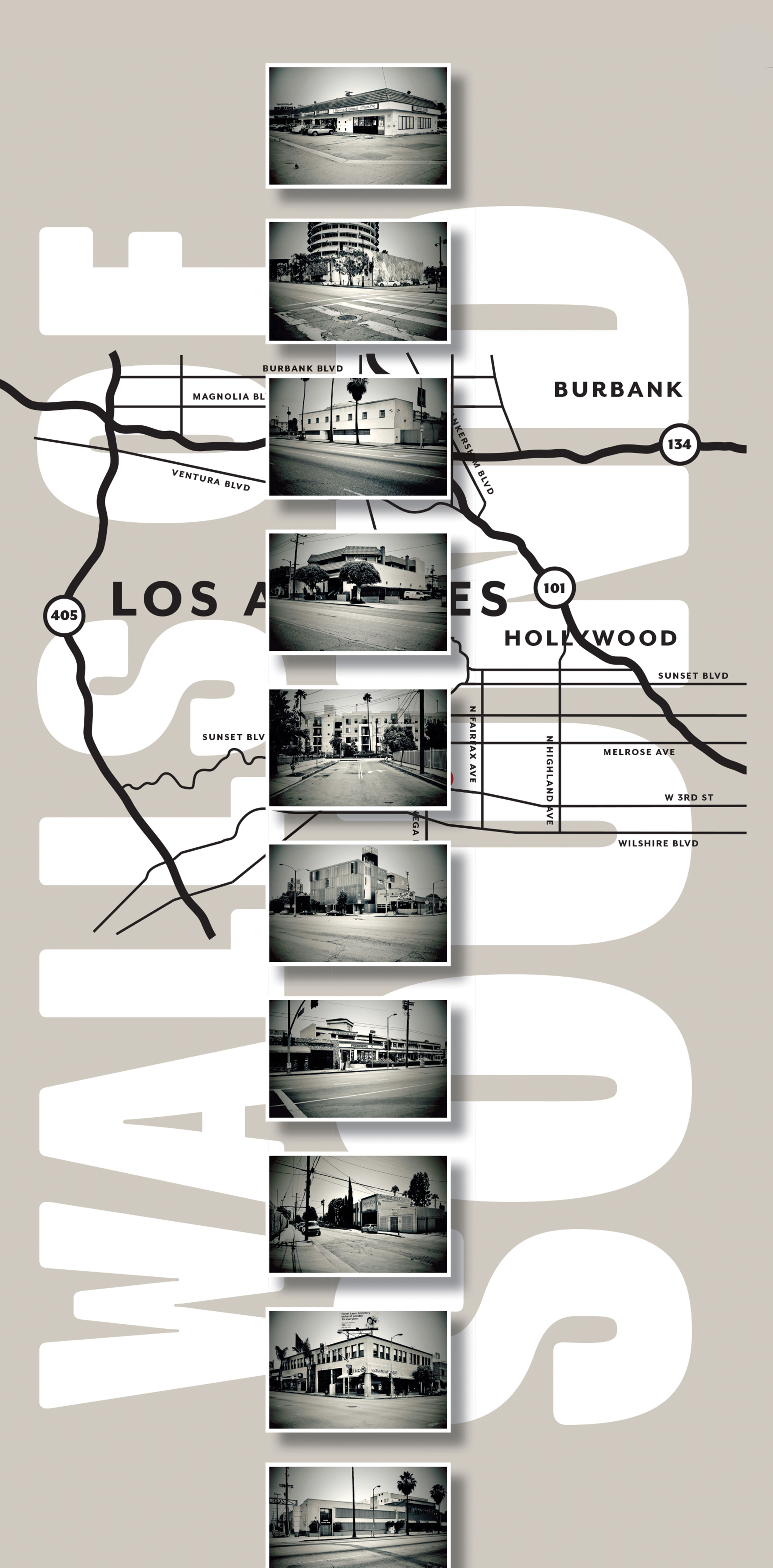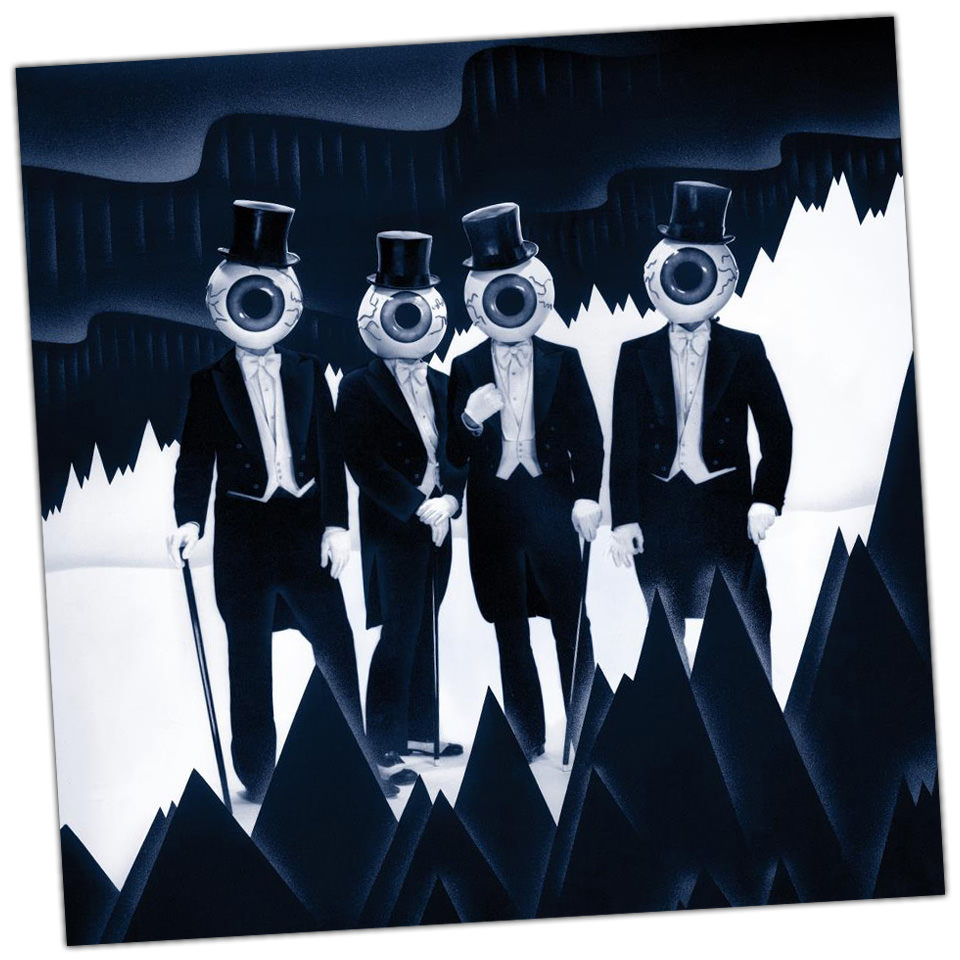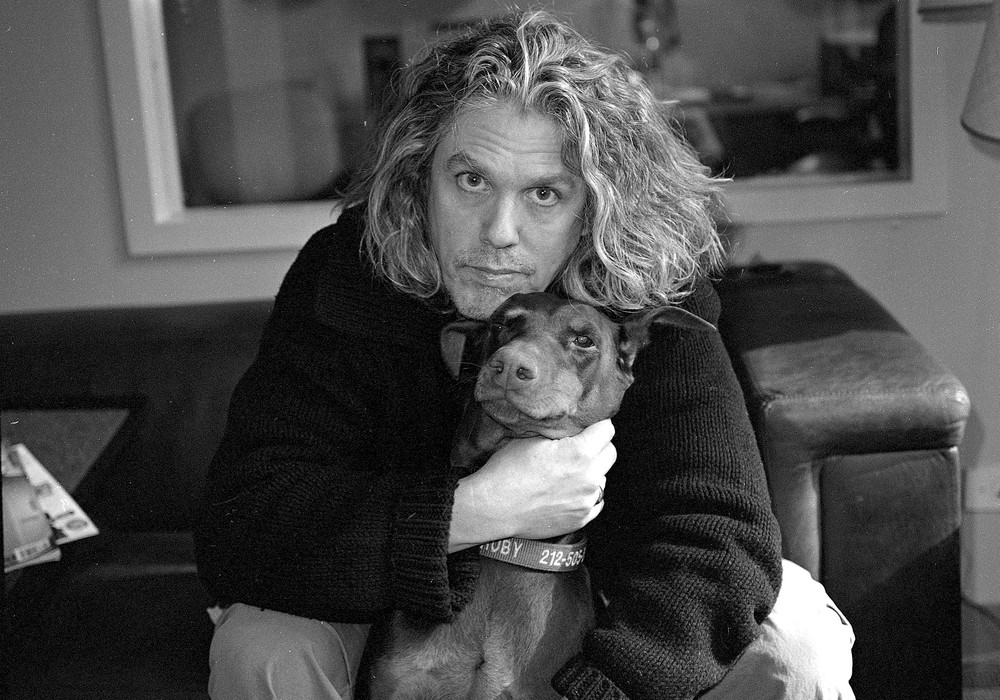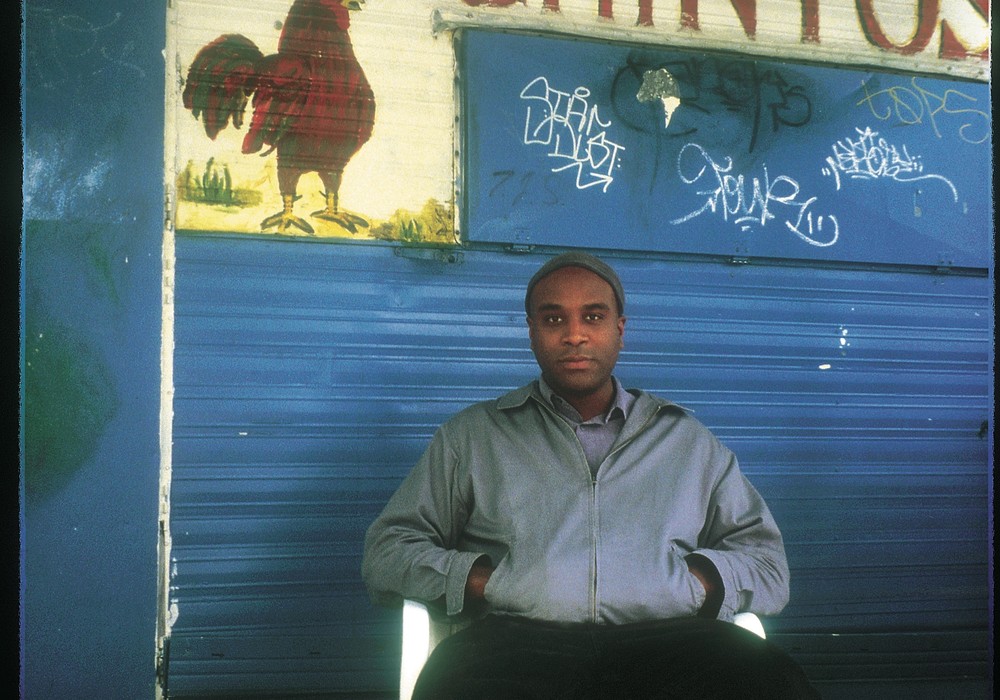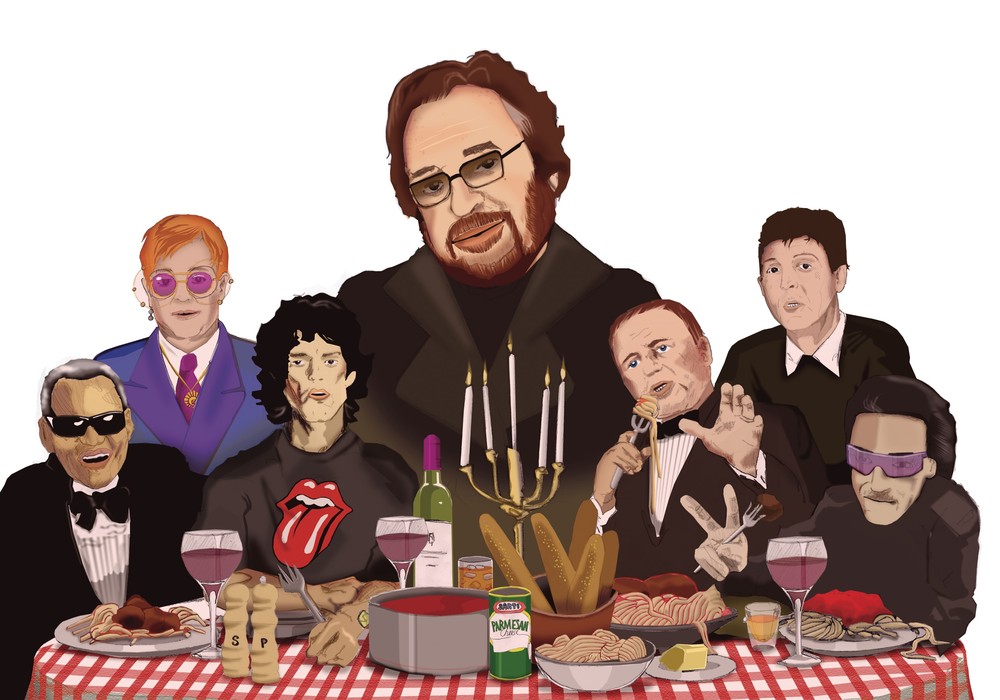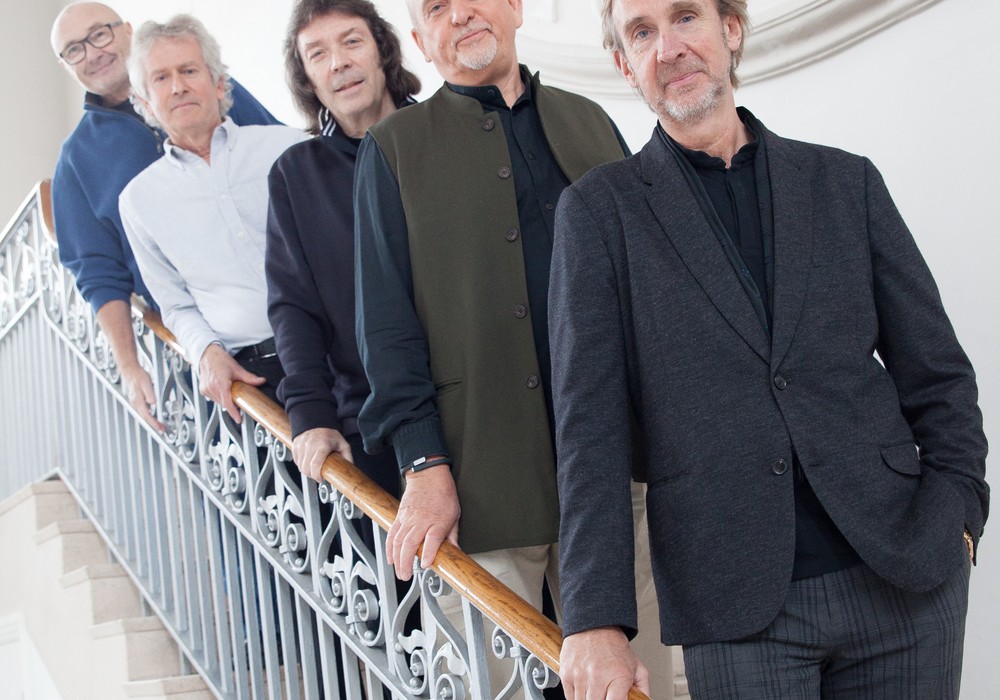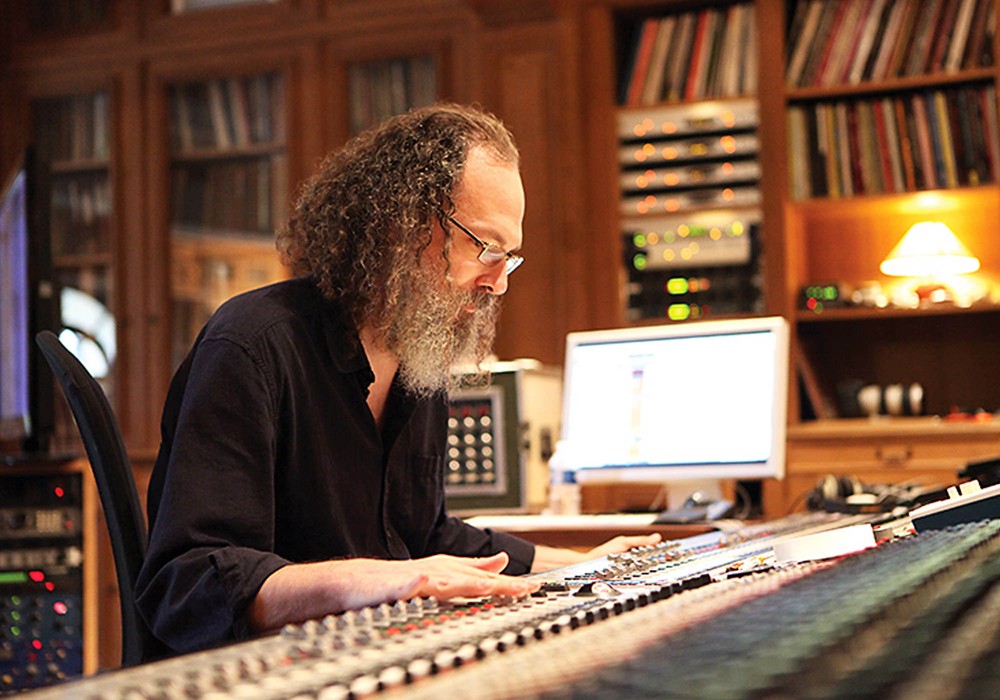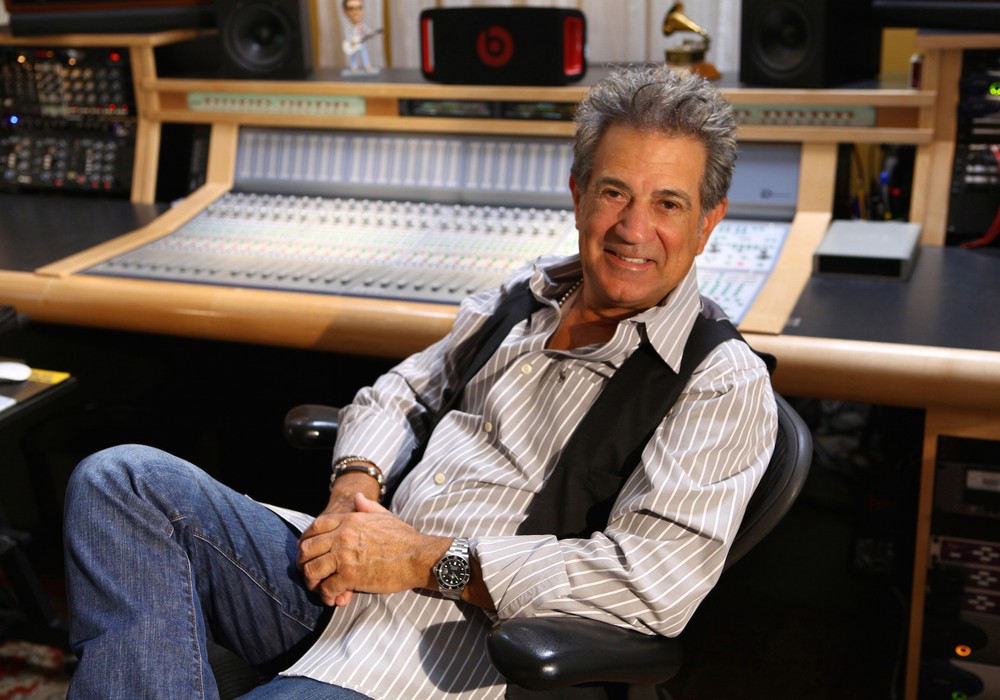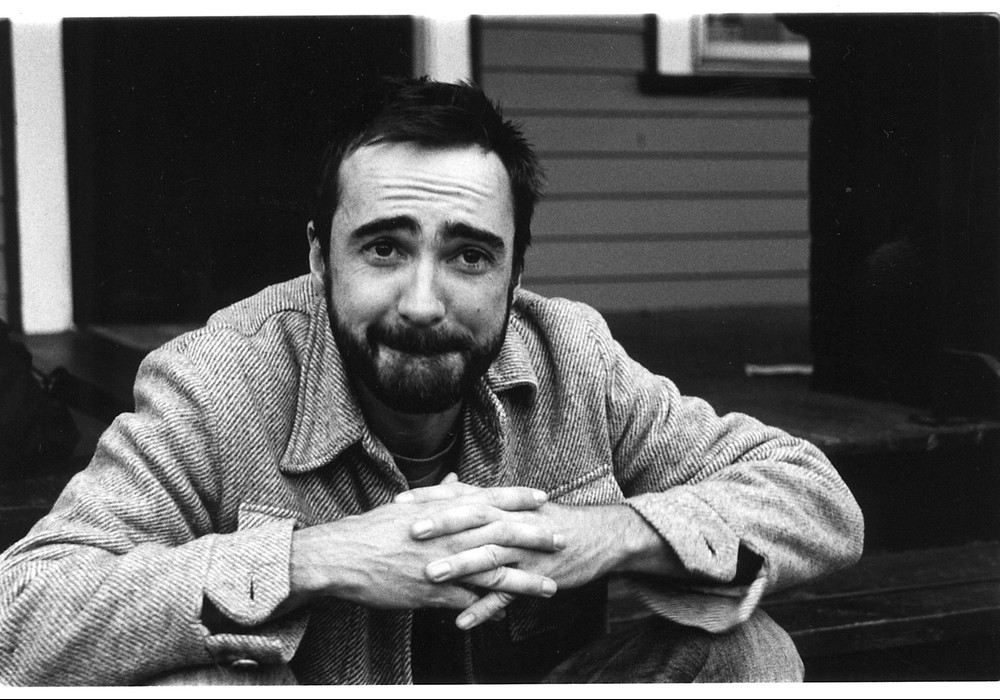It’s been one year since the passing of Hardy Fox, primary songwriter and co-founder of The Residents. This story is about one of his most important musical tools, the ARP Odyssey synthesizer. The Residents are a mysterious collective of sonic and visual experimenters whose albums, performances, and video projects began twisting minds in the early 1970s. Working anonymously for nearly half a century, as originators of performance art and pioneers of music video their visual aesthetic is revered and has long been one of the main ingredients of their success. Art exhibits feature The Residents’ album covers as well as other works created by their design department, Pornographix. Their early music videos are in the permanent collection of the Museum of Modern Art. And the cover artwork of their Eskimo album is as important and iconic an example of a surrealist image as Salvador Dali’s melting clocks. With so many novel concepts, it’s easy to see how their music could’ve been overshadowed. Specifically, their musical innovations in analog synthesis have been marginalized. I'd like to help change that perception.
I grew up in a musical household, and my older brothers introduced me to The Beatles and punk by age 12. But three years later everything changed when they dragged me to see The Residents perform live. It was haunting and strange, and I have not been the same since. I came home with t-shirts and records in a tote labeled “A BAG OF STUFF FROM THE RESIDENTS." Among the items was the 7-inch single, "Satisfaction" b/w "Loser  Weed." These two sides of music blew my mind more than anything I'd ever heard. I had so many questions. “Who are these people? Why does it sound like this?" And more importantly, “What instruments produce these musical sounds?" As I learned later, the sounds often originated from the ARP Odyssey. Marketed in 1972 as the answer to Bob Moog’s Minimoog, the Odyssey went a few steps further, with duophonic capabilities, empowering musicians to move beyond the monophonic limitations of the Minimoog. Ultimately, it isn’t the technological innovations that were most crucial, but the fearless spirit of childlike discovery that is required to pull magic out of these soldered circuits. The Odyssey was used by everyone from Elton John to Devo (the whip-cracking sound in ‘Whip It’). But the Odyssey found its greatest use in the self-taught hands of Hardy Fox. This little synth helped define the sound of one of the most important groups in experimental music, and influenced generations of songwriters, artists, composers, and storytellers.
Weed." These two sides of music blew my mind more than anything I'd ever heard. I had so many questions. “Who are these people? Why does it sound like this?" And more importantly, “What instruments produce these musical sounds?" As I learned later, the sounds often originated from the ARP Odyssey. Marketed in 1972 as the answer to Bob Moog’s Minimoog, the Odyssey went a few steps further, with duophonic capabilities, empowering musicians to move beyond the monophonic limitations of the Minimoog. Ultimately, it isn’t the technological innovations that were most crucial, but the fearless spirit of childlike discovery that is required to pull magic out of these soldered circuits. The Odyssey was used by everyone from Elton John to Devo (the whip-cracking sound in ‘Whip It’). But the Odyssey found its greatest use in the self-taught hands of Hardy Fox. This little synth helped define the sound of one of the most important groups in experimental music, and influenced generations of songwriters, artists, composers, and storytellers.
Hardy and I met under mysterious circumstances, but the details are unimportant. I consider myself a fan, but also a colleague. I was always respectful and a bit cautious in our exchanges, so it took a few years of acquaintance before I felt comfortable to ask about the gear. That's when he drew back the curtain. “I was an ARP Guy," said Hardy. “I bought it around 1974. Before the ARP was released, I took lessons on a big Moog that belonged to Beaver & Krause. I was taught by Patrick Gleeson. Later I had a similar one in my studio that belonged to the Mothers of Invention's Don Preston. I could never afford such a beast. They were always a bit intimidating."
It was fascinating to learn about how he worked. I asked which Residents albums had featured the ARP...
